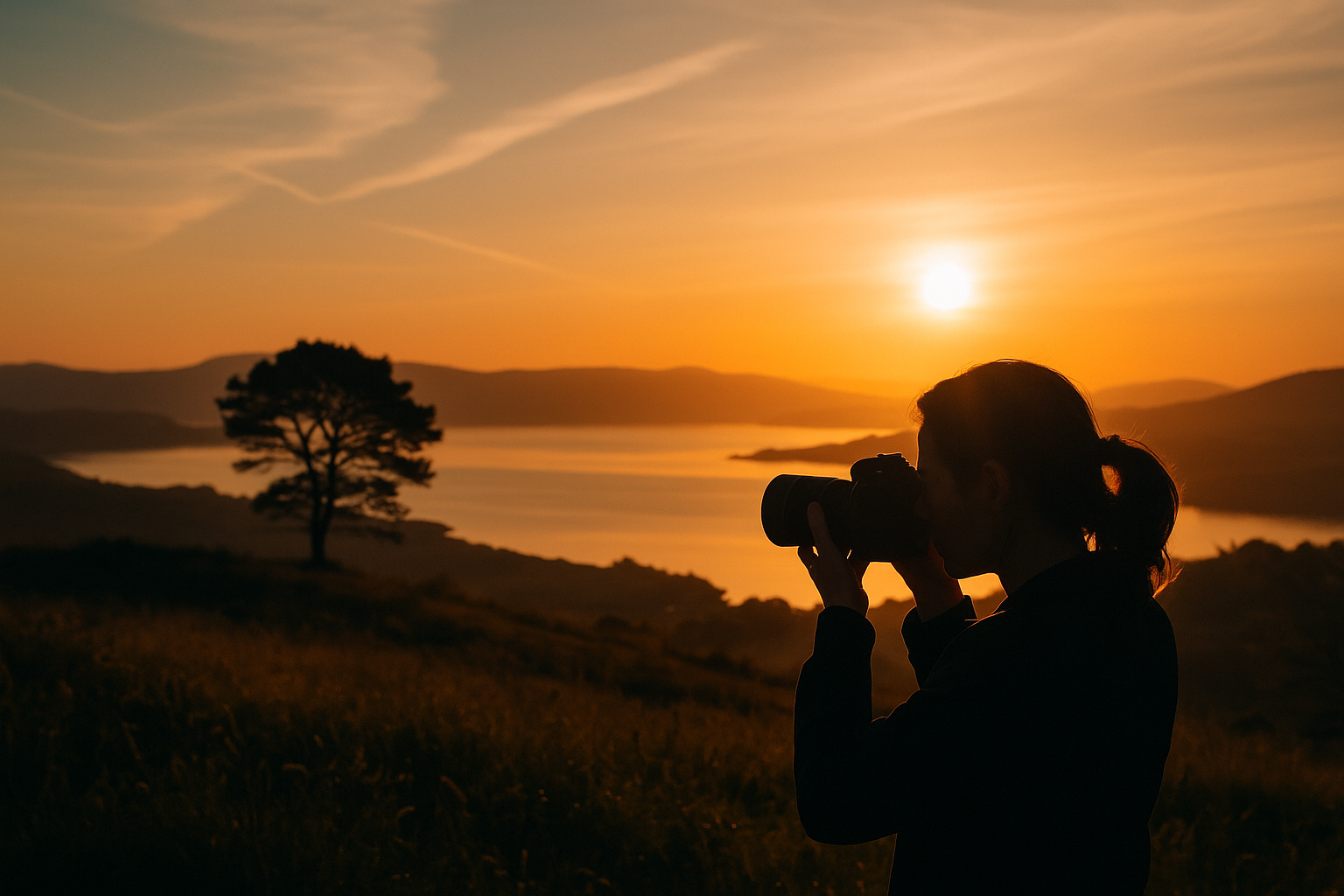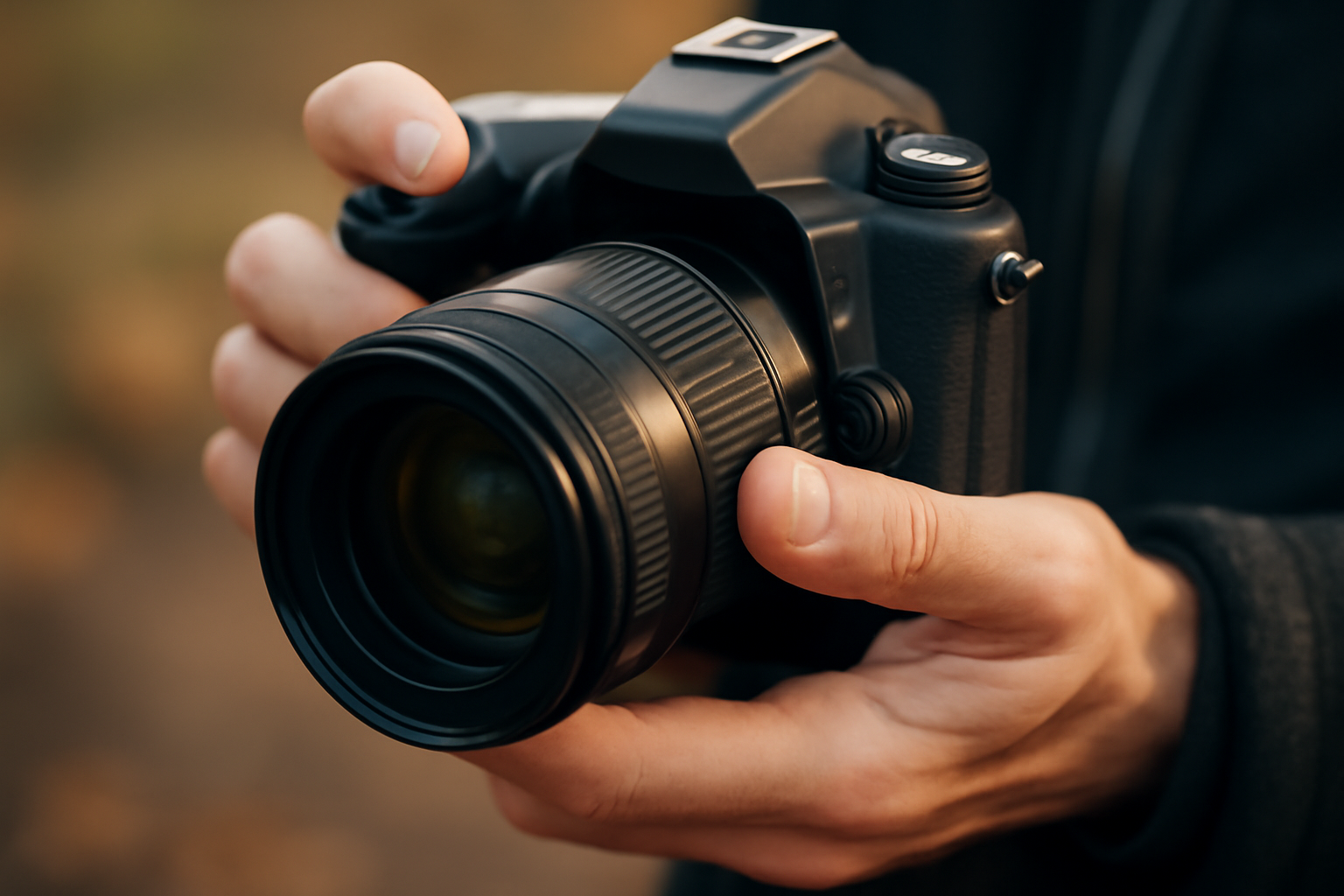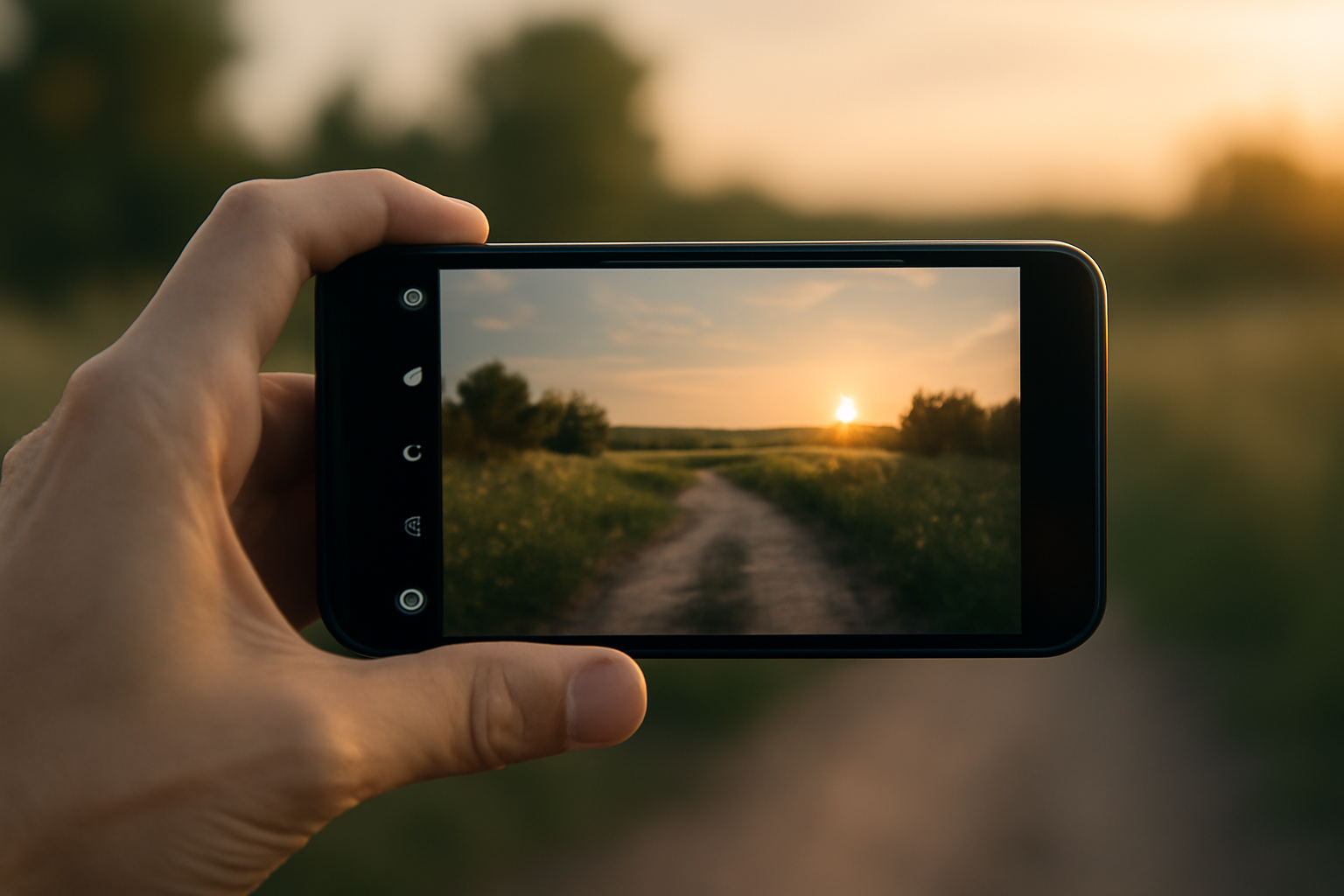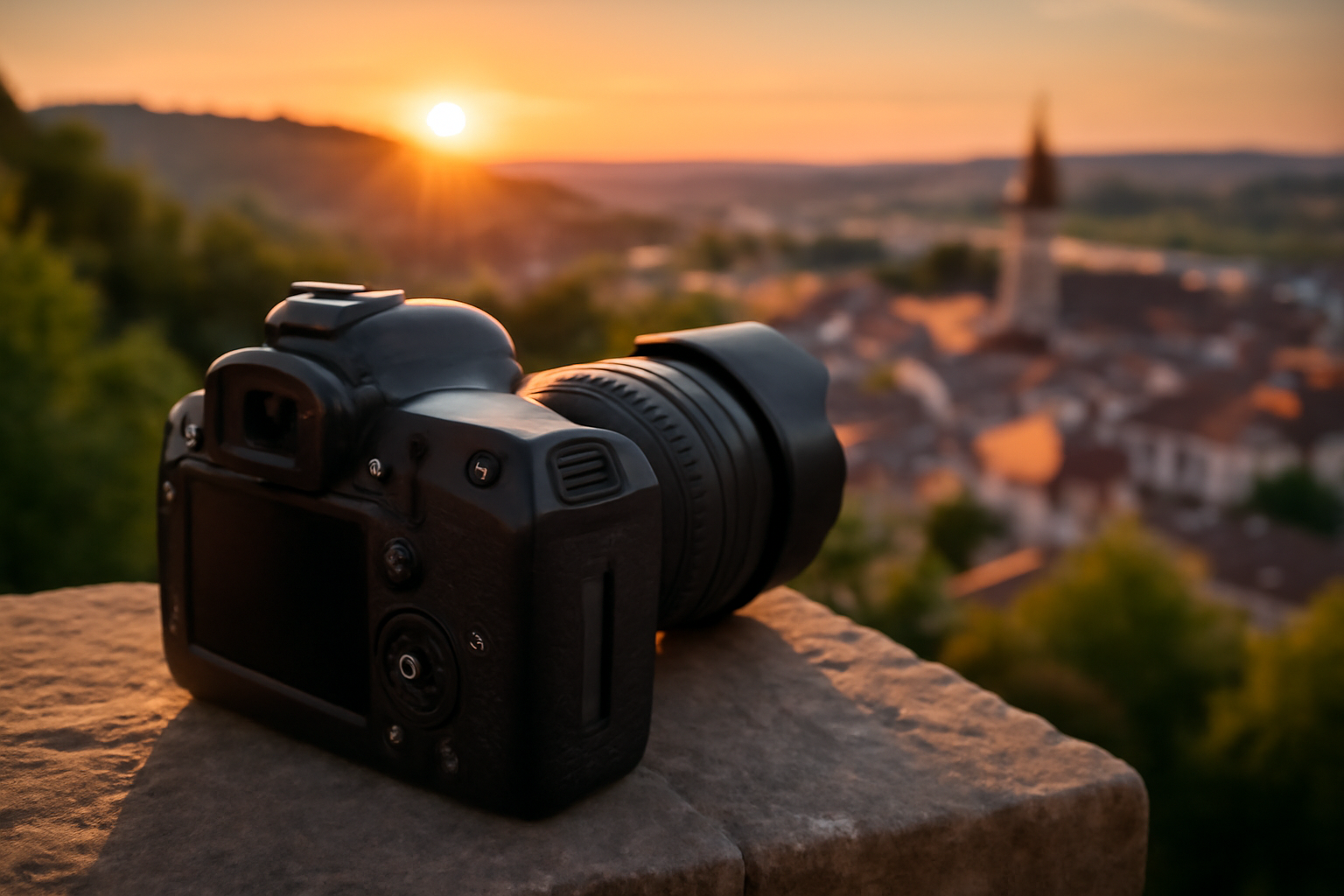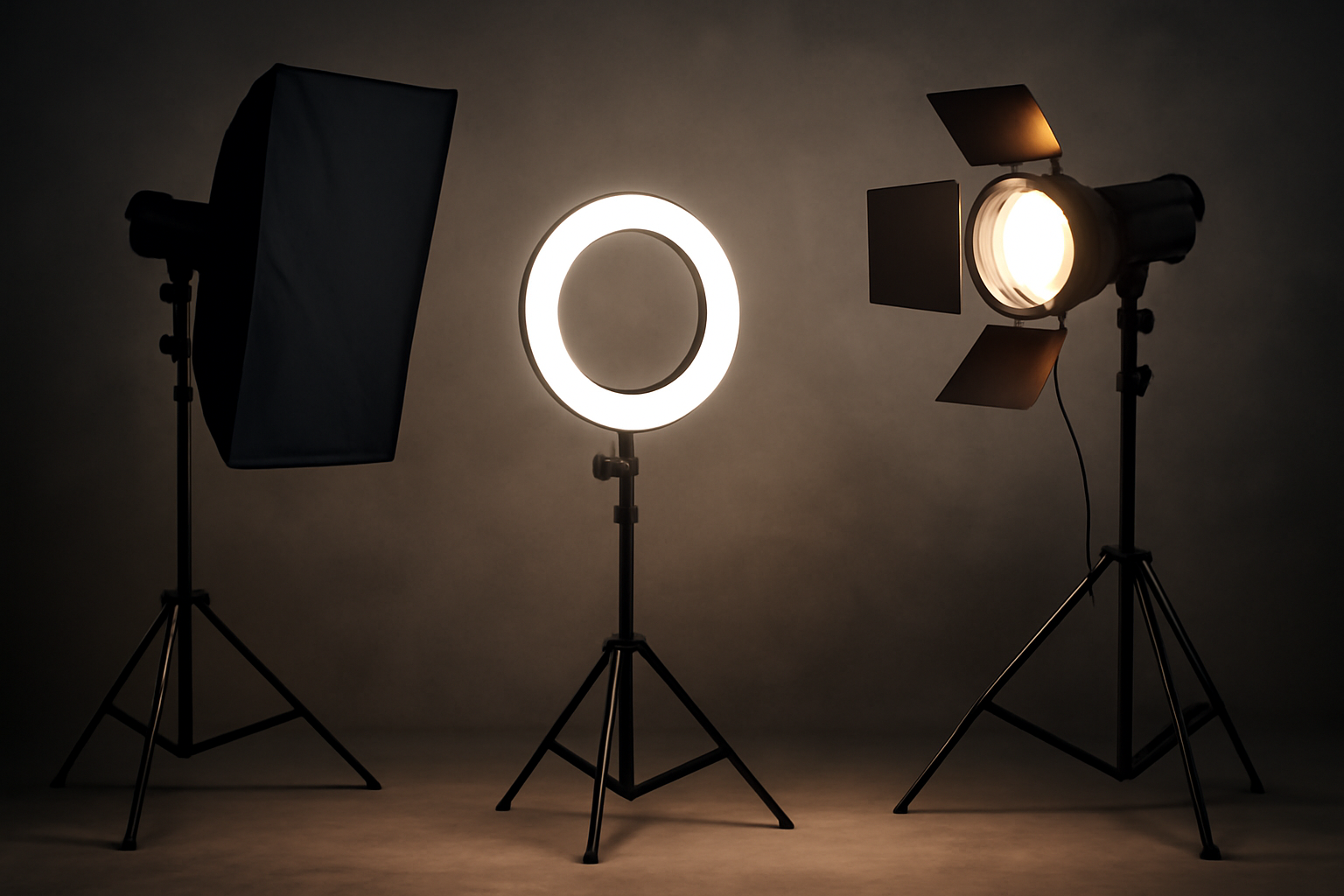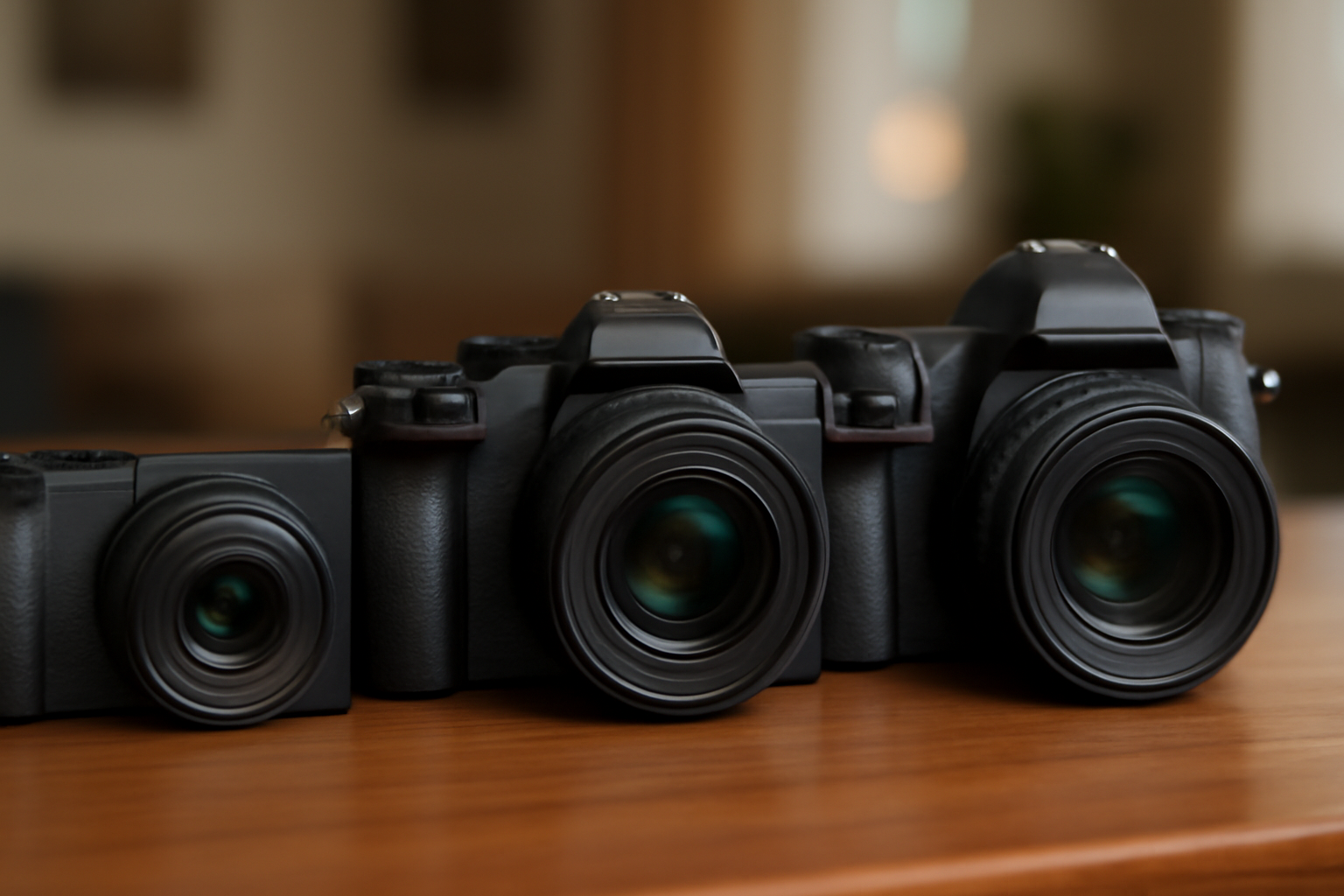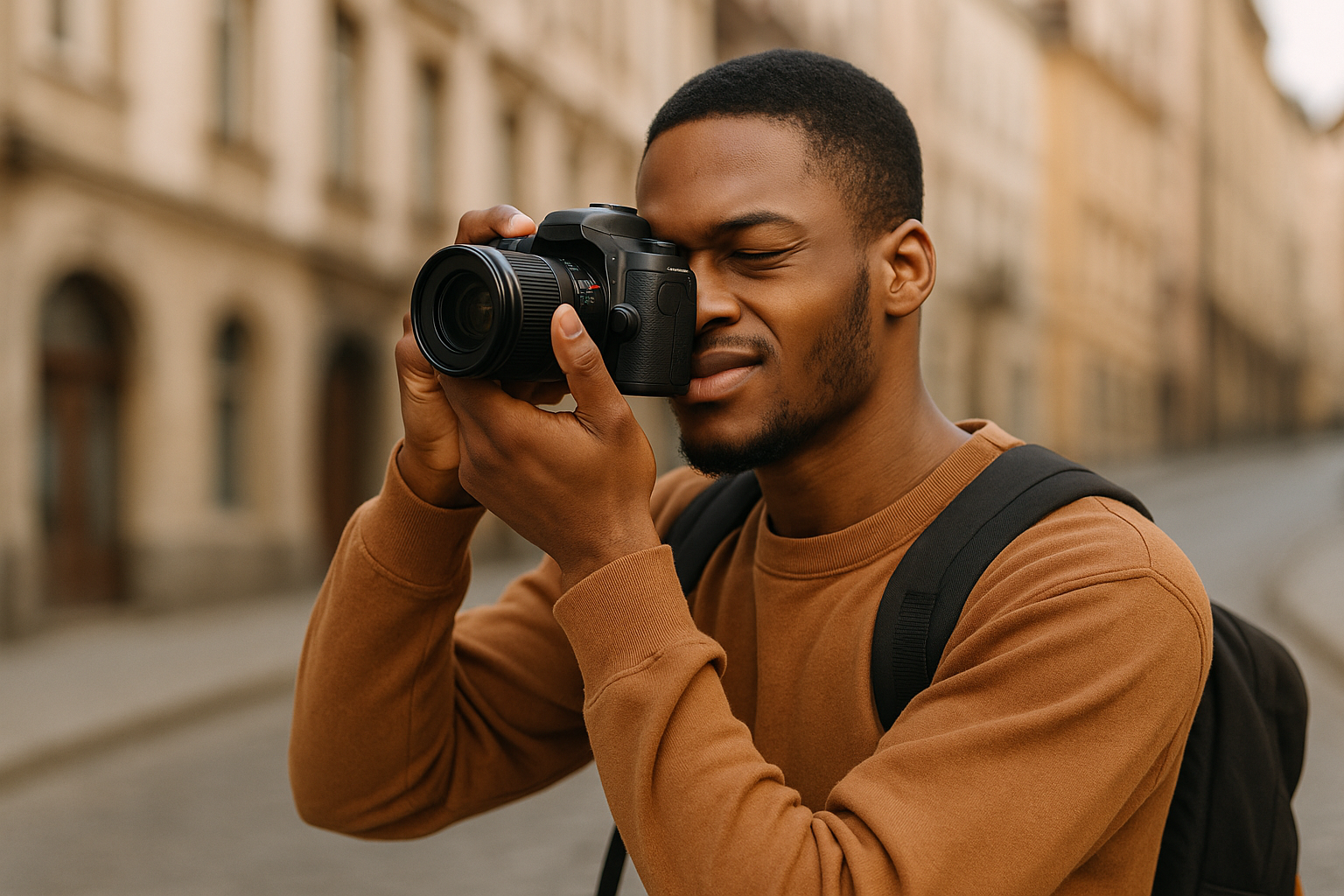Photography thrives on light—and when that light is natural, unfiltered, and ever-changing, it adds a unique soul to every shot. In travel photography, where authenticity and emotion are everything, understanding how to work with natural light becomes a powerful tool. Whether you’re capturing a quiet alley in Lisbon or the vibrant chaos of a Moroccan souk, timing your photos can mean the difference between forgettable and unforgettable.
Each part of the day brings its own light signature. Learning to see and use this evolving palette is what elevates your travel shots from ordinary to extraordinary.
Let’s explore the best times of day to take photos using natural light, with real-world examples, techniques, and ideas to inspire your next photo walk—wherever you are.
Why Natural Light Matters More Than You Think
Natural light is more than just illumination—it’s the atmosphere, the emotion, the feeling of a moment captured. Unlike artificial light, it shifts in tone, direction, and intensity throughout the day. It can cast warm golds, soft blues, or dramatic shadows depending on the hour.
In tourism photography, natural light adds realism and depth. Viewers can almost feel the temperature of the scene—whether it’s a chilly morning in the Alps or a sun-drenched street in Cartagena.
Best of all? It’s free, abundant, and infinitely expressive.
Working with natural light also teaches you adaptability. As you become more familiar with its patterns, you’ll develop a more intuitive approach to timing, positioning, and visual storytelling.
Understanding the Light Spectrum Throughout the Day
From sunrise to sunset, natural light moves through a beautiful spectrum. In the early hours, it’s soft, directional, and cool-toned. By midday, it becomes harsh and overhead. Toward evening, it returns to a golden hue, with long shadows and a sense of intimacy.
Understanding how light behaves helps you decide when—and how—to shoot. Want soft, flattering light for portraits? Aim for early morning or late afternoon. Want high contrast and drama? Midday has its moments.
Color temperature also shifts—from the warm gold of dawn to the neutral white of noon, to the pastel blues of twilight. These variations are key to setting a mood in your photos.
Learning how to “read” the light at any moment allows you to make faster creative decisions on the go. It’s a skill that only improves with observation and practice.
Golden Hour – The Photographer’s Magic Window
Golden hour occurs shortly after sunrise and just before sunset. The sun is low in the sky, casting a warm, soft glow that flatters every subject. Shadows are long but gentle, and the light wraps around objects beautifully.
This is the time when travel destinations seem to glow: temples shimmer, beaches look ethereal, and city streets feel cinematic. Even ordinary scenes—like a breakfast café or a worn doorway—take on a magical quality.
Whether you’re shooting landscapes, people, or architecture, golden hour offers the most forgiving and expressive light of the day.
To make the most of it, arrive early and scout your location in advance. The golden light doesn’t last long, so having a plan can help you make the most of every second.
Blue Hour – Subtle Drama Before and After the Sun
Just before sunrise and just after sunset comes the blue hour—a period of cool, diffused light with a blue hue. It’s a short window (around 20–40 minutes), but incredibly powerful.
The sky is richly saturated, and the world feels calm and reflective. It’s perfect for:
- Urban landscapes with lights just turning on.
- Coastal scenes with moody skies and still waters.
- Silhouettes and soft, emotional storytelling.
Use a tripod if needed, as light levels drop quickly. Long exposures can create dreamy results.
The blue hour is also ideal for creating contrast between warm artificial lights and the natural blue background, adding depth and drama to night transition scenes.
Midday Light – Challenges and Creative Opportunities
Midday light often gets a bad reputation, especially among beginners. The sun is directly overhead, creating harsh shadows and blown-out highlights. But with awareness and technique, you can still make it work.
Look for open shade under trees, awnings, or market tents. Use reflective surfaces like white walls or sand to bounce light back onto your subject.
Midday is ideal for:
- Architectural shots with strong lines and contrast.
- Street photography with bold, dramatic shadows.
- Bright, punchy images in deserts or high-altitude locations.
Use this time to play with patterns, shadows, and symmetry. What seems “harsh” can be dynamic if used creatively.
If you’re photographing people, position them in dappled light or partial shade. Use hats, scarves, or props to control highlights and shadows.
Morning Light – Freshness and Clarity
Morning light feels crisp, clean, and hopeful. There’s a freshness to everything—the air is cooler, colors pop, and there’s often a quiet calm before the crowds arrive.
It’s the perfect time for:
- Candid street scenes in sleepy towns.
- Nature photography with dew and soft highlights.
- Travel portraits with flattering, soft illumination.
Golden tones during early morning can be warmer than sunset, and there’s often a gentle haze that adds softness. Plus, you’ll avoid harsh shadows and intense contrast.
Mornings also offer a sense of discovery. The world is just waking up, and your photos can capture that feeling of peaceful anticipation.
Afternoon Glow – Warm Tones and Vibrancy
As the sun starts to descend, typically from 3 PM onward, the light becomes warmer and more angled. It’s not yet golden hour, but the intensity of midday has softened.
This period is ideal for:
- Capturing textures on building façades.
- Highlighting colors in local markets and city streets.
- Shooting dynamic travel scenes with motion and depth.
Position yourself so the light hits your subject from the side—this adds depth, volume, and visual interest. Be mindful of glare and lens flares, which can be distracting or artistic depending on your approach.
Late afternoon is great for storytelling shots—images that show the world bustling before winding down. It captures vibrancy, without the sharpness of earlier sunlight.
Cloudy Days – The Unexpected Bonus
Overcast skies might seem dull at first, but they offer one huge advantage: diffused light. The clouds act like a giant softbox, spreading light evenly and eliminating harsh shadows.
Cloudy conditions are fantastic for:
- Portraits (no squinting or shadowed eyes).
- Close-ups of food, crafts, or textures.
- Shooting in reflective environments like lakes or glassy buildings.
The colors may be slightly muted, but saturation often improves in editing. Don’t cancel your shoot just because the sun is hiding.
Cloudy weather is also a great opportunity to explore moodier tones—think black-and-white shots, reflective surfaces, and candid, introspective moments.
Nightfall Transition – Creative Low-Light Moments
As daylight fades, there’s a brief window of ambient balance—where natural and artificial light blend together. Streetlamps glow, windows light up, and the sky still holds a trace of day.
This is a great time for:
- Long exposure street photography.
- Moody scenes with soft glows and silhouettes.
- Capturing the ambiance of a destination winding down.
Use a tripod or stable surface for best results. Don’t be afraid to raise your ISO or slow your shutter—grain and motion can add character.
These moments are especially powerful in cities, where the mix of neon signs, window lights, and fading daylight create rich, emotional compositions.
Tips for Making the Most of Any Light
No matter the time of day, there are ways to adapt and thrive:
- Observe first. Before taking a photo, notice the light’s direction, color, and intensity.
- Move your feet. Sometimes a slight angle shift changes everything.
- Use props or natural elements to filter or reflect light (hats, scarves, stone walls).
- Plan ahead. Use apps like PhotoPills or SunCalc to predict golden hour and sun paths.
- Experiment. There’s no single “perfect” light—just the one that tells your story best.
Always shoot with intention. Think about what emotion you want your photo to convey—and then choose the light that matches that mood.
Summary of Light and Emotion
Each time of day evokes a different emotion. Here’s a quick breakdown:
- Golden Hour – romantic, warm, dreamy.
- Blue Hour – mysterious, calm, poetic.
- Midday – bold, graphic, intense.
- Morning – fresh, clear, optimistic.
- Afternoon – vibrant, dynamic, alive.
- Cloudy – neutral, soft, introspective.
- Nightfall – cinematic, ambient, intimate.
As a photographer, you’re not just capturing light—you’re capturing feeling. Let that guide your creative choices.
Try keeping a light journal—take notes on how each lighting condition affects your images and your mood as a photographer.
Let the Light Guide Your Eye
Photography is less about equipment and more about perception. When you start seeing light not just as brightness, but as mood, you unlock a deeper level of creativity.
There’s no such thing as bad light—only misunderstood light. Learn to read it, to adapt to it, and to fall in love with its variety.
So pack your camera, chase the sun, wake up early, linger after sunset—and let natural light be your co-creator on every travel adventure.
Allow your lens to translate the poetry of natural light into images that stir emotion, curiosity, and wanderlust. Because in the end, it’s the light that tells the story—frame by frame, day by day.


